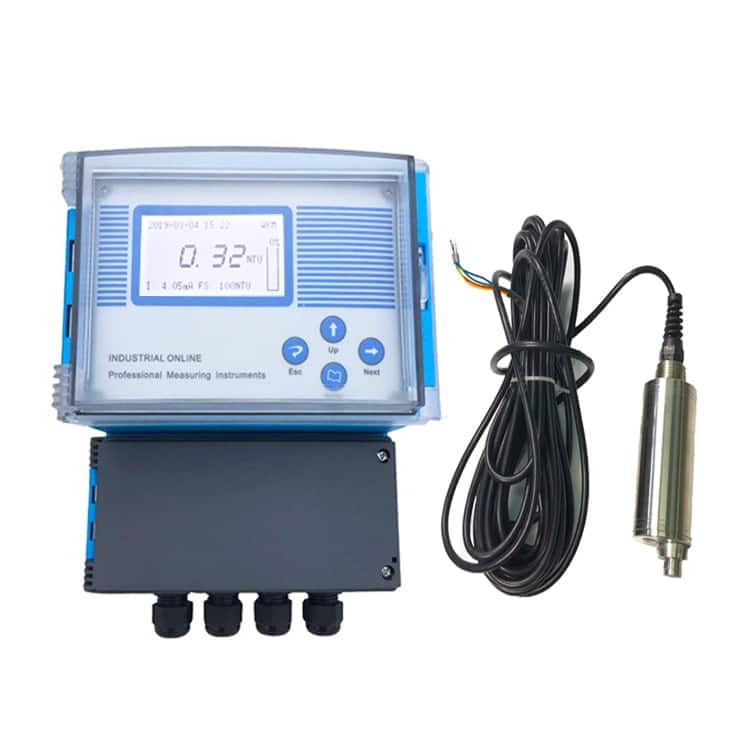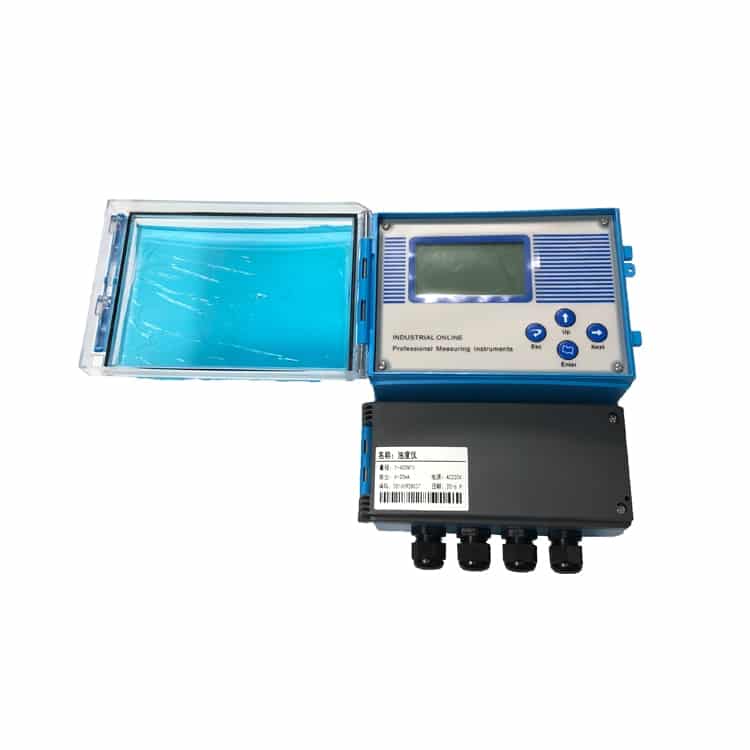What is turbidity?
Turbidity is a measure of the degree to which water loses clarity due to the presence of suspended particles.
The more total suspended solids in the water, the more turbid it looks and the higher the turbidity.
Turbidity is considered to be a good indicator of water quality.
What is turbidity in water?
Turbidity is a measure of the relative transparency of a liquid. It is an optical property of water and is a measure of the amount of light scattered by substances in the water when light passes through the water sample. The higher the intensity of the scattered light, the higher the turbidity. Substances that cause cloudy water include clay, silt, very small inorganic and organic substances, algae, dissolved colored organic compounds, and plankton and other microorganisms. Turbidity makes water cloudy or opaque.
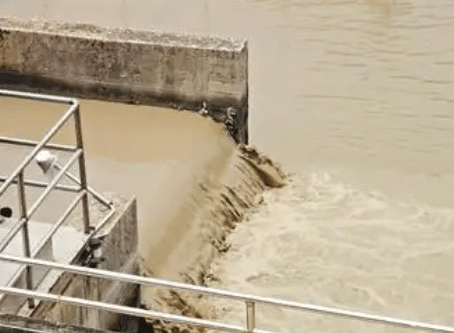
What causes turbidity?
There are various parameters that can affect the turbidity of water. Some of them are:
- Phytoplankton
- Eroded sediment
- Resuspended sediment from the bottom (often stirred up by bottom feeders such as carp)
- Waste discharge
- Algal growth
- Urban runoff
- Silt, sand and mud ;
- Bacteria and other germs ;
- Chemical precipitates.
Organisms such as phytoplankton can cause turbidity in open water. Erosion and runoff from highly urbanized areas contribute to turbidity in these areas. Construction, mining and agriculture can disturb soils and can lead to elevated levels of sediment flowing into waterways during storms. Rainwater from paved surfaces such as roads, bridges and parking lots can also contribute to turbidity.
In drinking water, the higher the turbidity level, the greater the chance of gastrointestinal illness in those who use it. Contaminants such as viruses and pathogenic bacteria can attach themselves to suspended solids. These solids can then interfere with disinfection.
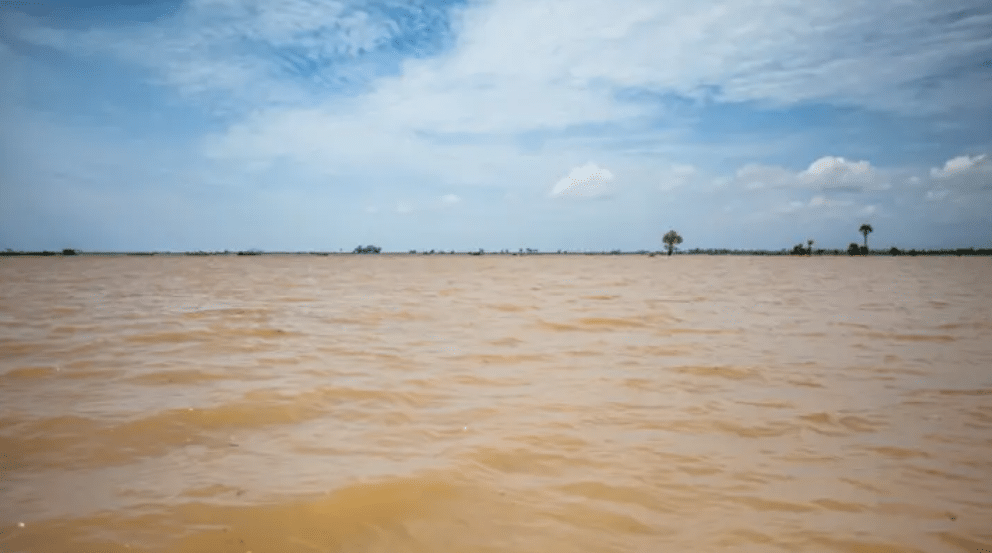
High turbidity levels reduce the amount of light reaching the lower depths of water bodies such as rivers, lakes and reservoirs, which can inhibit the growth of certain forms of aquatic plants and negatively affect species that depend on them, such as fish and shellfish. High turbidity levels can also hinder the ability of fish to absorb dissolved oxygen.
Why is turbidity important?
High concentrations of particulate matter can affect light penetration and ecological productivity, recreational value and habitat quality, and cause lakes to fill up more quickly. In streams, more sedimentation and siltation may occur, which can be detrimental to the habitat of fish and other aquatic organisms. Particles also provide sites for other contaminants to attach, especially metals and bacteria. Therefore, turbidity readings can be used as an indicator of potential contamination in a water body.
Excessive turbidity or unattractive cloudiness in drinking water may also represent a health problem. Turbidity can provide food and shelter for pathogens. If not eliminated, the causes of high turbidity can promote the regeneration of pathogens in the water, leading to outbreaks of waterborne diseases and causing significant intestinal illnesses worldwide.
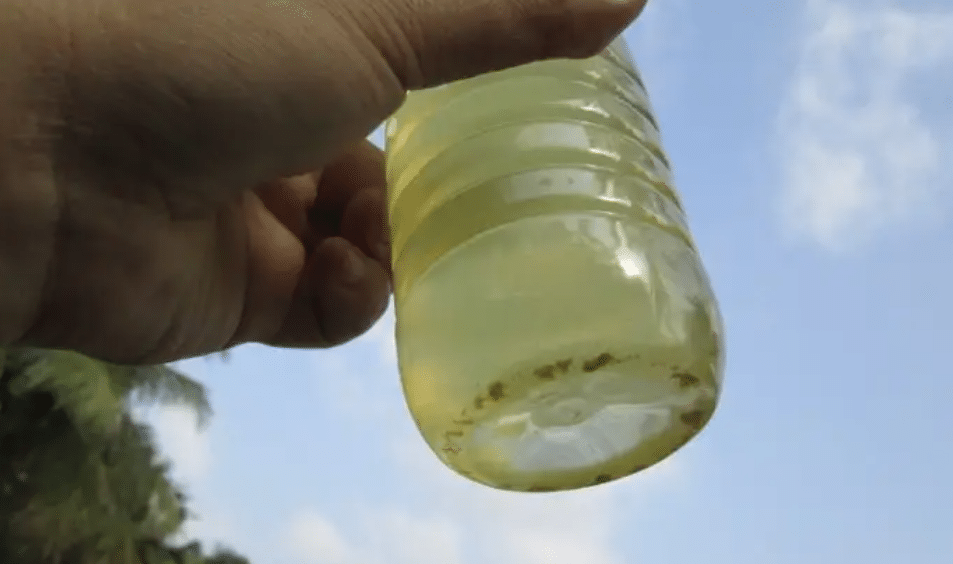
Turbidity measurement of domestic water is therefore a very important task and is usually subject to certain types of water treatment that can be affected by turbidity. For example, during the rainy season, when silt is washed into rivers and streams, high turbidity can quickly clog filters and prevent them from working effectively. High turbidity can also fill tanks and pipes with mud and silt, and can damage valves and faucets. Where water is chlorinated, even very low turbidity levels will prevent water contamination. Chlorine is effective in killing bacteria in the water. Some treatment systems, such as sedimenters, coagulators and gravel pre-filters are used to remove turbidity. Measuring the turbidity of the water before and after each section can tell the operator where the system needs maintenance or cleaning.
How to measure turbidity?
Turbidity can be measured with an electronic turbidity meter or a turbidity tube. The measurement method is the turbidimetric turbidity unit ( NTU ).
There are several ways to check the turbidity in water, the most direct method is to measure the attenuation or reduction in intensity of the light source as it passes through the water sample. An older system called the Jackson candle method has units expressed as JTU or Jackson turbidity units. It uses a candle flame that is viewed through a transparent column filled with water. The length of the water where the candle can be seen is related to the turbidity of the water sample. With the advent of electronic meter technology, this method is no longer used.
The particles suspended in the water scatter a beam of light focused on them. The scattered light is then measured at different angles from the incident light path. This is now considered to be a more accurate method of measuring turbidity. To measure turbidity in this way, use a turbidimeter, the most advanced of which are beginning to be installed in rivers to provide instantaneous turbidity readings. A long device is placed in the water with a turbidity sensor at the end. It reads the turbidity in the river by shining light into the water and reading how much light is reflected back to the sensor. Thus the relationship between turbidity and total suspended solids (TSS) may change depending on where the test sample is collected.
To measure turbidity in environmental applications, such as oceans, rivers and lakes, the Secchi disc can be used. This is a black and white disc that is placed into the water until it is no longer visible. At that depth (called Secchi depth), the relevant number is recorded as a measure of transparency in the water. The advantage of using this device in open water is the ability to measure turbidity at different depths where multiple turbidity layers exist.
Apure can provide you with a turbidity meter or turbidity sensor to measure the turbidity of your water. Please feel free to contact us if you would like any information on this subject.
FAQ
Read more about other water quality parameters:
What is conductivity?
What is ORP?
What is pH in water test?
What is salinity?

